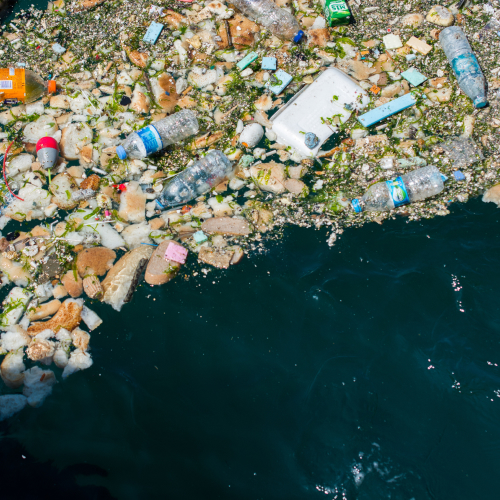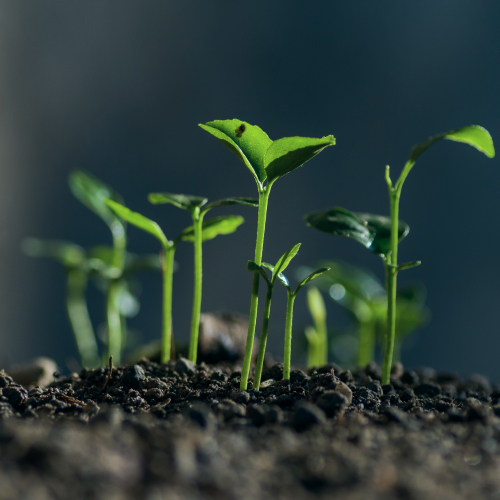


01
02
20 technologies and actions are identified for implementation in INSPIRE to detect, collect and prevent litter, plastics and/or microplastics in the river water, at the surface of the water or at the riverbanks.
04
05
06
With all the elements available from INSPIRE, the development of a set of guidelines can be kicked-off at the end using the results of INSPIRE (the knowledge gained, action plans developed…). With these guidelines it will be possible to identify the most critical and urgent rivers that need to be tackled. A set of technologies and actions will be proposed, using a decision support tool, which bring intelligence in the selection process of the most suitable technologies.